the secrets of a successful hair transition
When you make the choice to switch from a conventional routine to a natural hair routine, this can lead to several questions: How to succeed in your hair transition? What are the steps to follow? We tell you everything about the hair to make a good transition!
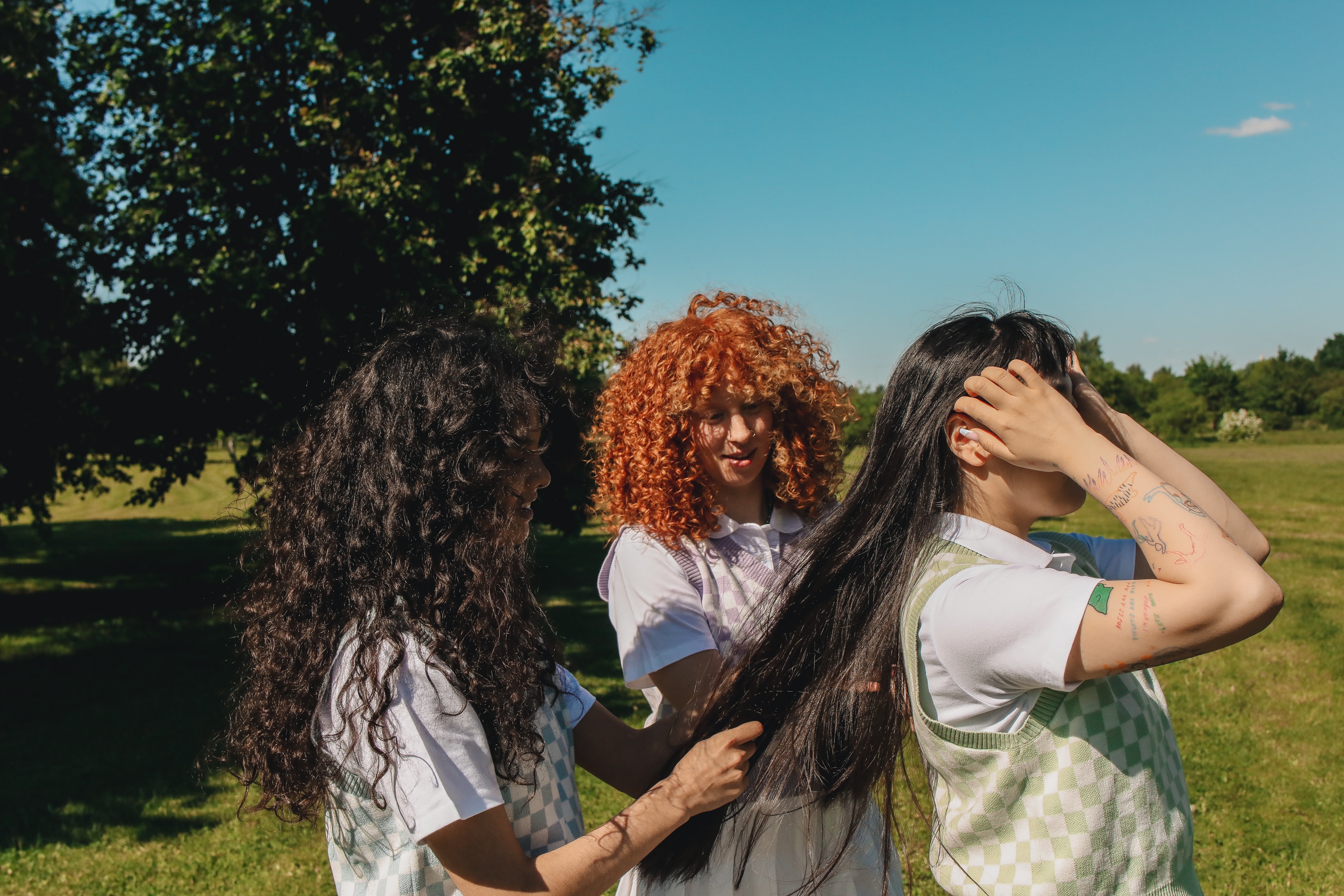
A natural hair transition, what is it?
A natural hair transition is when you decide to abandon industrial chemicals for natural products. We offer our hair a real detox, to find beautiful healthy hair.
In conventional products, there are ingredients such as silicones, sulphate, or parabens. Products that tend to make the hair shiny and supple... In appearance! Because to tell the truth, these chemicals contain occlusive materials that surround the hair and prevent it from breathing. by dint of using this type of product, the hair can be tired and weakened.
This is why a natural transition is always welcome to give a real boost to the hair. We nourish and coat the hair fiber thanks to an organic shampoo better for the hairwhich is rich in mild surfactants and natural ingredients such as honey, aloe vera or plant extracts, ingredients that can also be used in home care.
The benefits of hair transition for hair
When we switch from a conventional routine to a natural hair routine, our hair ends up thanking us! Passing the milestone of hair transition means visibly improving the quality and appearance of the hair:
- Hair regains shine and suppleness
- The scalp is decongested, the hair then grows faster!
- Less sensitized, the hair is supple and fortified
- We say goodbye to dull hair, the hair fiber regains its shine.
- Properly nourished, the hair is soft.
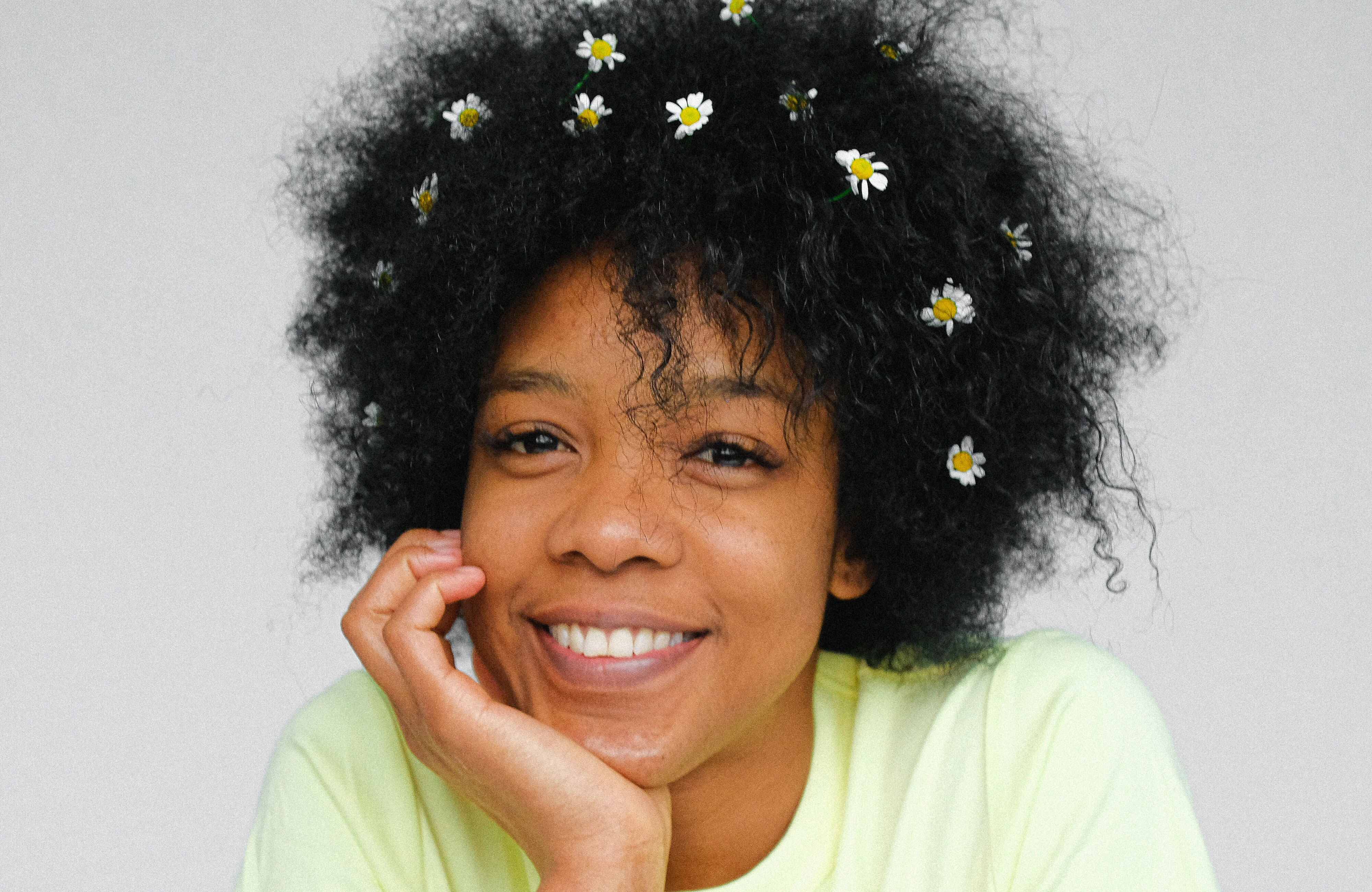
Hair in transition: how long?
To switch from a hair routine containing chemicals to a natural routine, you must first, above all, be patient! And yes, such a change does not happen overnight. The hair must adapt to this upheaval and it may take a little time depending on the nature of the hair. First, it takes about twenty days for the hair to get rid of synthetic residues. As a result, the duration of a transition can take a few months for a hair in good condition, and a year, if not more for a very damaged hair.
what to expect during a transition
Such a drastic change inevitably makes the hair fiber react, and your hair may have a little slack during thetransition period. You have to be patient before you see the positive effects of a hair transition.
oily hair
By using a sulfate-free shampoo, it's possible to have oily hair sometimes. It's simply because the sulfate is a drying agent, when it is rid of it the scalp increases its production of sebum. But don't panic, the hair will regain its natural balance!
Hair is less manageable
When we separate from silicones, the hair may be less easy to detangle and have more knots, because silicones are smoothing agents which give the impression of softness, but which in truth prevent the hair fiber from get the care she needs.
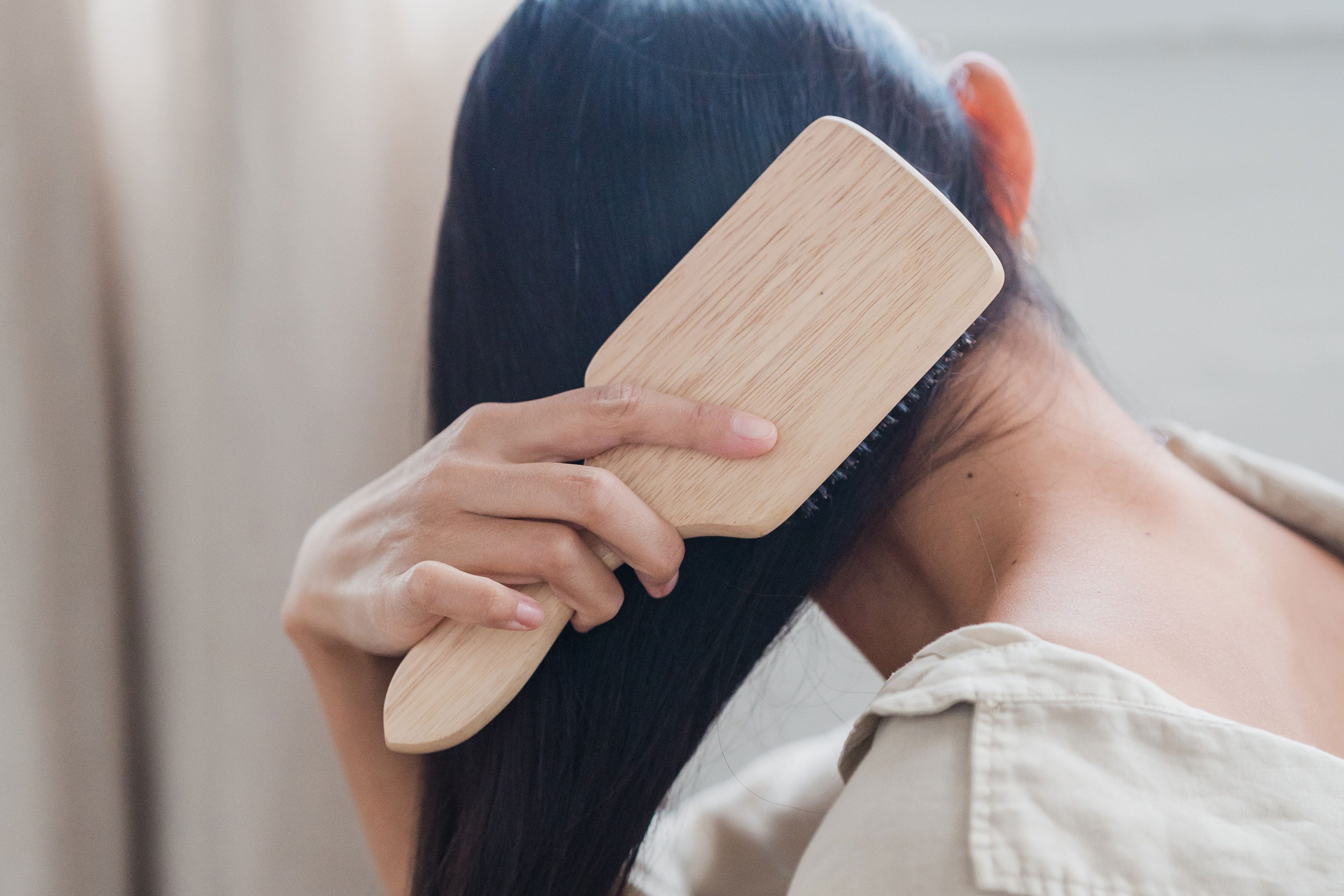
Hair is brittle and dull
It is simply the true texture of your hair that has been without care for some time: the hair is dull, tired, dry, and in need of revitalization. Like a detox cure for the skin, you have to go through this state of purging to have a healthy base and start afresh! We opt for a nourishing hair mask that we apply regularly to help the hair recover more quickly.
How to make a good hair transition?
To succeed in your capillary transition, you start with the first step, which is: clarification. But what is it ? Hair clarification is a way to get rid of synthetic residues that may remain on the hair fiber even after many shampoos. Generally, it is done with a homemade mask based on green clay that is applied to the hair. But there are much simpler ways to clarify your hair!
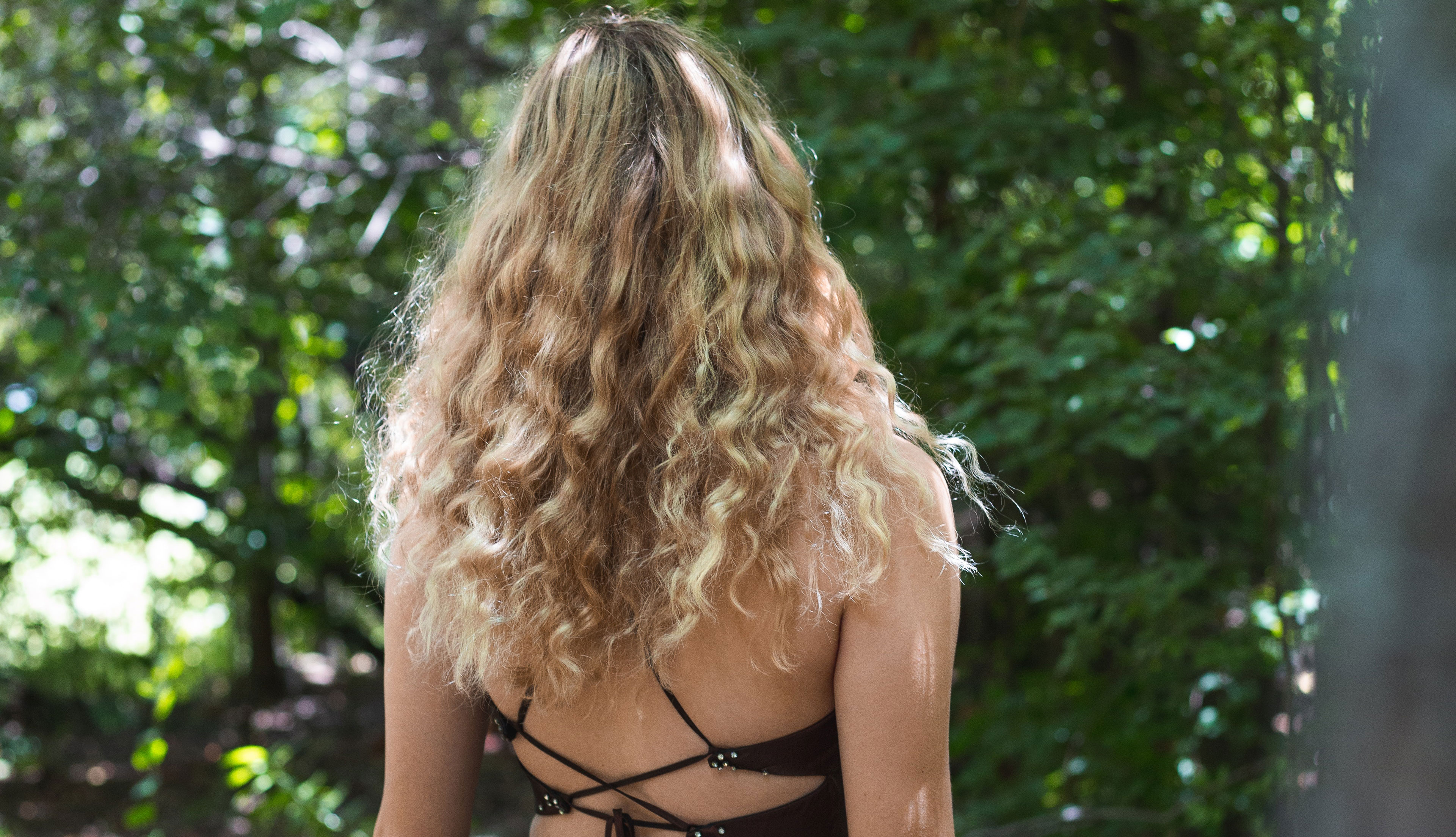
How to detoxify hair?
If you have neither the desire nor the time to make your homemade clay mask, you can opt for a ready-to-use detox mask that will have the same clarifying effects. As :
The Depolluting Salt Scrub Cut By Fred rids the hair fiber of all residues that could be harmful to it, such as pollution or chemicals. Unclogged, the scalp is regenerated and starts again at 0!
Formulated with purifying active ingredients such as charcoal, clay or white vinegar, the Innersense detox hair mask clarifies the hair while intensely nourishing it. Purified, the hair is silky and regains all its shine!
Specially formulated to act as a clarifying treatment, Les Secrets De Loly 4-in-1 Tropical Detox mask eliminates residues present on the surface of the hair. In addition to purifying the hair, it is also an ultra-hydrating treatment that does not weigh the hair down.
Switch to natural shampoo
After having clarified your hair, we move on to the second step: choose your organic shampoo.Compared to a conventional shampoo, the natural shampoo has many properties for the hair. It will give the hair all theactive ingredients it needs to be healthy. It also helps purify the scalp, which is the first step to having beautiful hair. In addition to detoxifying your hair, using an organic shampoo also stimulates growth and restores shine and suppleness to the hair.
The CUT BY FRED Detox Liquid Shampoo purifies the hair and eliminates excess sebum without damaging it. Composed of antioxidants, it rids the hair of toxins, and forms a protective shield around the hair fiber. The scalp regains its balance and the hair is revitalized and shiny.
The Umaï detox solid shampoo is the ideal ally for people looking for a natural clarifying treatment. Composed of green clay, a highly purifying ingredient, the hair is healthy, soothed and protected. Thanks to its pH close to that of the hair, the scalp is not dried out. It's a real ultra-gentle detox cure! Once the transition is over, if you want to nourish and repair your hair, you can switch to Umai's solid shampoo to gently cleanse your hair.

Cut when necessary
Even if the natural transition strengthens the hair fiber, it is very complicated to recover a really damaged hair. It is then advisable to cut the dead part, either little by little, or all at once. You can then start from scratch on a healthier basis.
How to get back to natural hair without cutting it?
If your hair is not yet at the stage of no return, there are some tips to take care of your hair without having to cut it.
We focus on natural care
Switching from a conventional hair routine to a natural routine is not limited to changing shampoo. Synthetic ingredients are also present in other types of care such as conditioner, hair mask and even styling products. Now that the hair is clarified and ready to receive all the active ingredients it needs, we do not deprive ourselves of natural moisturizing, nourishing and protective care.
The organic conditioner is important to coat and help detangle the hair. Usually filled with silicones, your hair will be delighted to receive a real dose of hydration.
It is very important to use a hair mask to protect the hair from external aggressions or to provide it with a good dose of nutrition. Be careful, we choose your mask according to your hair type and your concerns!
Styling treatments allow you to structure the hair, whether it is to define curls, give volume or fix a hairstyle, there is something for everyone!
Avoid the heat
To avoid breaking the hair fiber, or simply weakening it, we try to avoid heating devices as much as possible. We favor drying in the open air and if you can't part with your hair dryer, it is advisable to use it on the cold mode. For healthier hair, leave straightening and curling irons at the bottom of the drawer and assume your hair naturally!
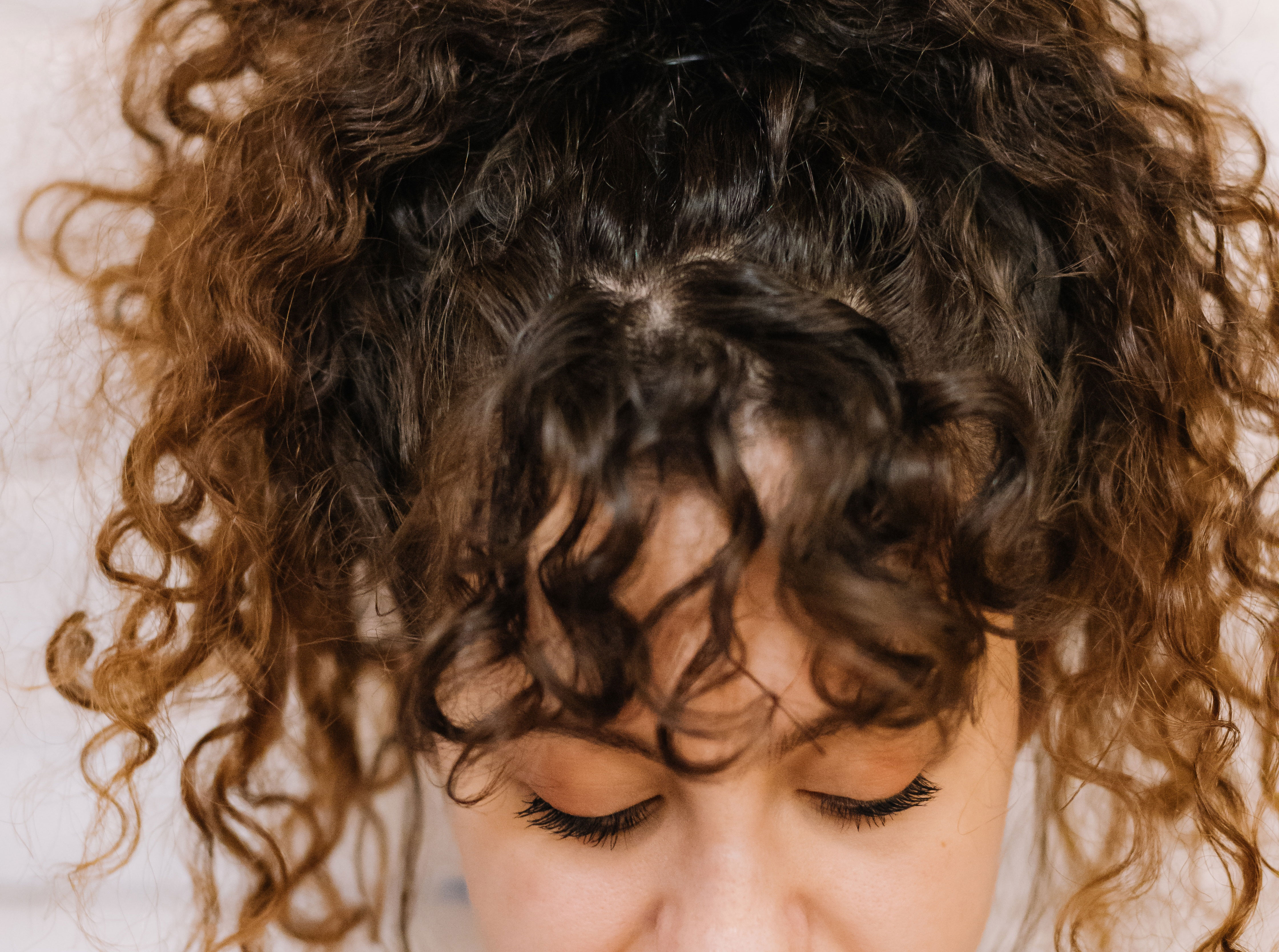
You would also like to read :
Curly hair: all you need to know to take care of it
What causes dandruff in hair?
What to do to limit hair loss?
9 questions/answers about hair loss after pregnancy
I take care of my curly to frizzy hair
5 tips to take care of your dry hair
How to restore volume to fine hair?
How to identify hair porosity and adapt your hair routine
Comments

